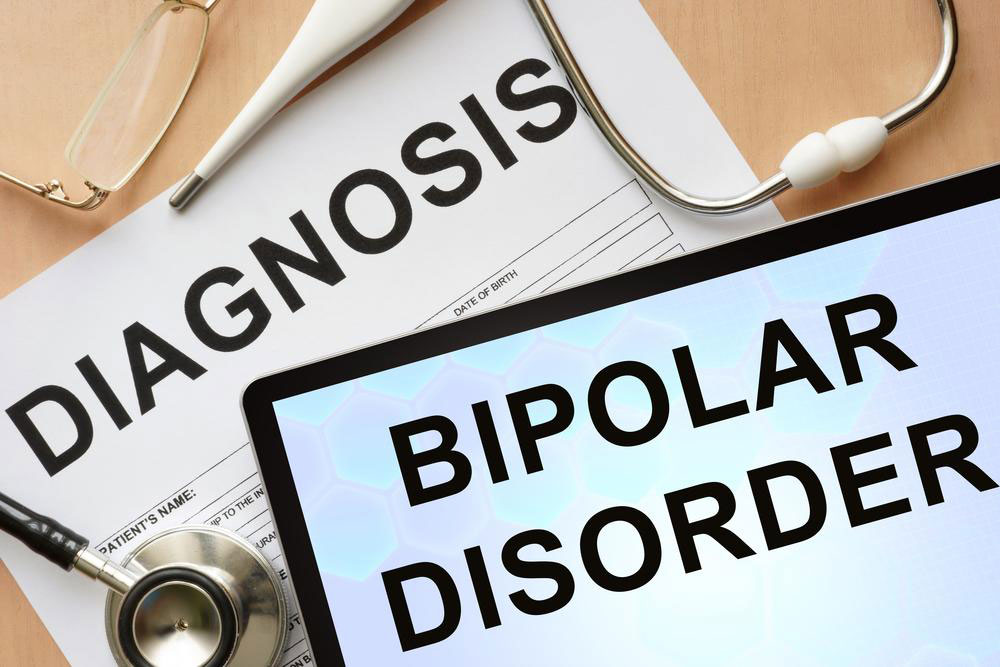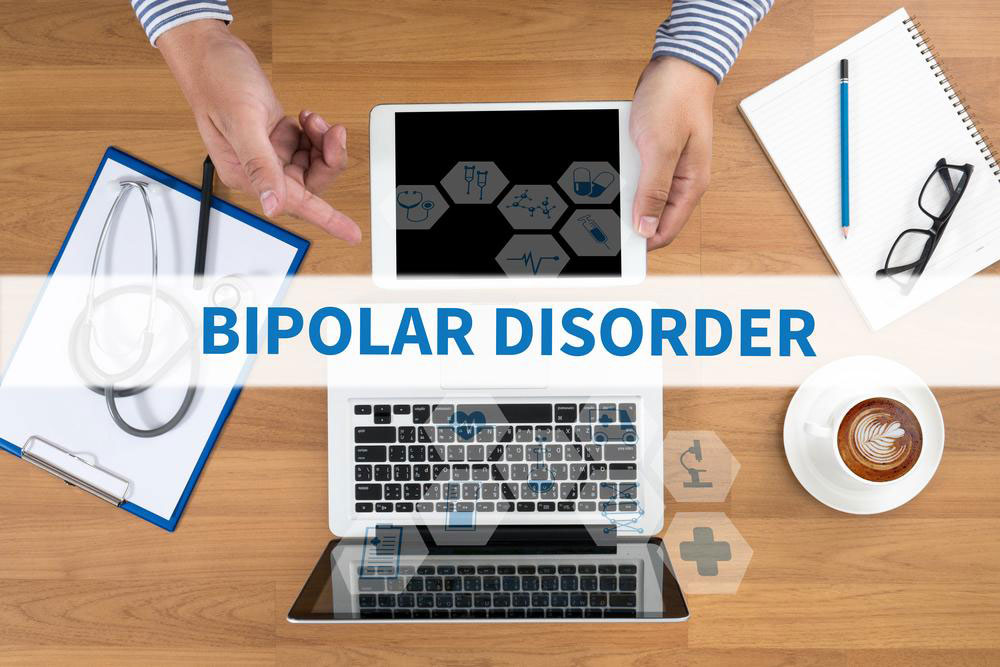Comprehensive Overview of Bipolar Disorder: Causes, Symptoms, and Management Strategies
This comprehensive article explores bipolar disorder in detail, covering its causes, symptoms, and effective management strategies. It emphasizes early diagnosis and continuous treatment, including medication, therapy, lifestyle, and social support, to help individuals lead stable, productive lives. Understanding bipolar disorder is crucial for reducing stigma and promoting mental health awareness, enabling affected individuals to seek help and manage their condition successfully.

Comprehensive Overview of Bipolar Disorder: Causes, Symptoms, and Management Strategies
Bipolar disorder, also known as manic-depressive illness, is a complex mental health condition characterized by significant mood swings that can disrupt a person's daily life. These fluctuations include periods of extreme elevation in mood, known as mania or hypomania, followed or preceded by episodes of depression. The disorder impacts various aspects of an individual’s thoughts, emotions, behavior, and physical health, often leading to unpredictable and intense changes in mood. Recognizing the causes, symptoms, and management options is essential for individuals experiencing bipolar disorder, their families, and healthcare providers.
In bipolar disorder, the mood episodes are recurrent and tend to cycle, though the frequency and pattern vary among individuals. Some may experience rapid cycling with multiple episodes within a year, while others have longer periods of stability. During manic episodes, individuals often report feeling euphoric, highly energetic, and often impulsive, engaging in risky behaviors such as reckless spending or unsafe sex. Conversely, depressive episodes involve feelings of deep sadness, lethargy, and disinterest in activities once enjoyed, which can severely impair daily functioning.
Effective management of bipolar disorder relies on a combination of psychological therapies, medication, lifestyle adjustments, and social support. Early diagnosis and continuous treatment are crucial in controlling symptoms, reducing the frequency and severity of episodes, and improving overall quality of life.
Understanding the Causes of Bipolar Disorder
The exact cause of bipolar disorder remains unknown, but extensive research has identified several neurobiological and environmental factors that contribute to its development. The disorder is believed to result from a complex interplay of genetic predisposition, neurochemical imbalances, and life events. Here are some of the primary causes and risk factors associated with bipolar disorder:
Genetic Factors: Family history plays a significant role in bipolar disorder. Individuals with a parent or sibling who has the condition are at a higher risk of developing it themselves. Studies suggest that multiple genes are involved, influencing brain structure and function related to mood regulation.
Neurochemical Imbalances: Disruptions in the brain's neurotransmitters, such as serotonin, dopamine, and norepinephrine, are closely linked to mood disturbances. These chemicals are responsible for transmitting signals in the brain and maintaining mood stability. Imbalances can lead to the extreme highs and lows characteristic of bipolar disorder.
Environmental Stressors: Stressful life events, trauma, or significant changes in life circumstances can trigger episodes in susceptible individuals. Chronic stress may alter brain chemistry or neurocircuitry, precipitating mood swings.
Hormonal Fluctuations: Gender differences and hormonal changes, particularly in women experiencing hormonal cycles, pregnancy, postpartum, or menopause, can influence the mood fluctuations associated with bipolar disorder.
Recognizing the Signs and Symptoms of Bipolar Disorder
Understanding the hallmark signs of bipolar disorder is essential for timely diagnosis and treatment. The disorder’s symptoms can vary significantly depending on whether an individual is in a manic, hypomanic, or depressive episode. Common indicators include behavioral, physical, and emotional manifestations:
Behavioral Changes: Rapid or pressured speech, increased activity levels, risky or impulsive behaviors such as reckless driving, excessive spending, or substance misuse. Also, a noticeable shift in social activity—either withdrawal during depressive phases or over-engagement during manic episodes.
Physical Symptoms: Insomnia or decreased need for sleep during mania, fatigue, or lethargy during depression. Changes in weight or appetite may also be observed.
Emotional Symptoms: Excessive happiness or euphoria, irritability, anxiety, feelings of worthlessness, or hopelessness during depressive episodes. Mood swings can be sudden and intense, sometimes without clear triggers.
It's important to note that bipolar disorder can be misdiagnosed as other mental health issues, such as depression or anxiety disorders. Accurate diagnosis requires thorough assessment by mental health professionals, often involving psychological evaluations and medical history review.
Strategies for Managing Bipolar Disorder
While there is currently no cure for bipolar disorder, a variety of treatment methods can help manage symptoms effectively. The goal is to stabilize mood, reduce the frequency and severity of episodes, and enable individuals to maintain a productive and fulfilling life. Key management strategies include:
Medication: The cornerstone of bipolar disorder treatment involves mood stabilizers like lithium carbonate, anticonvulsants, atypical antipsychotics, and sometimes antidepressants. These medications help regulate brain chemistry and prevent extreme mood swings.
Psychotherapy: Talk therapies, such as cognitive-behavioral therapy (CBT), interpersonal and social rhythm therapy, and psychoeducation, are vital in helping individuals understand their condition, develop coping skills, and recognize early signs of episodes.
Lifestyle Modifications: Maintaining a regular routine for sleep, diet, and daily activities can help stabilize mood swings. Avoiding substances such as alcohol and recreational drugs is also recommended to prevent mood deterioration.
Stress Management: Techniques such as mindfulness meditation, stress reduction exercises, and relaxation therapies can decrease vulnerability to mood episodes triggered by stress.
Social Support: Strong relationships with family, friends, and support groups provide emotional stability and encouragement throughout treatment.
Ongoing monitoring by healthcare professionals is essential to adjust treatments as needed, manage side effects of medications, and address any co-occurring mental health conditions.
In conclusion, bipolar disorder is a multifaceted mental health condition with complex causes and diverse symptoms. Early intervention, proper treatment, and supportive care can significantly improve the prognosis and quality of life for those affected. Awareness and understanding are key to reducing stigma and ensuring individuals seek necessary help promptly.





